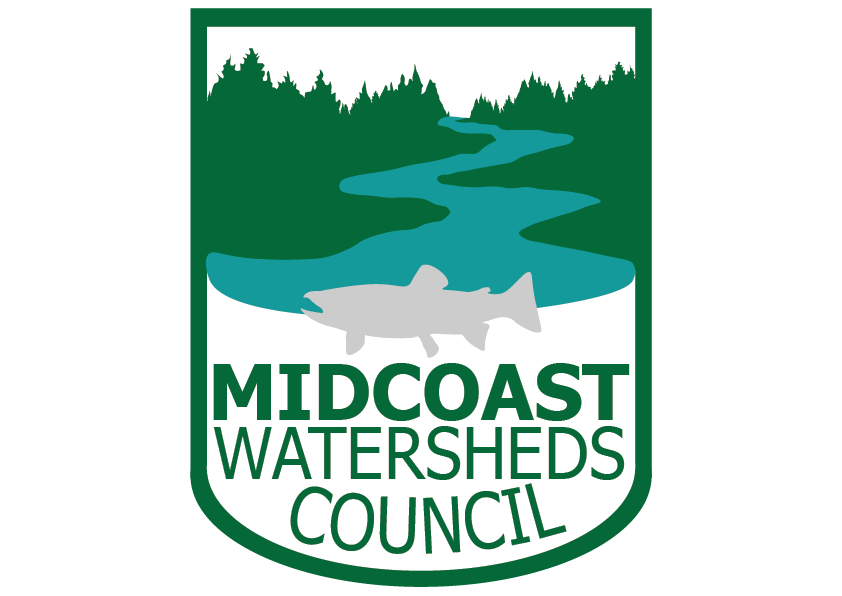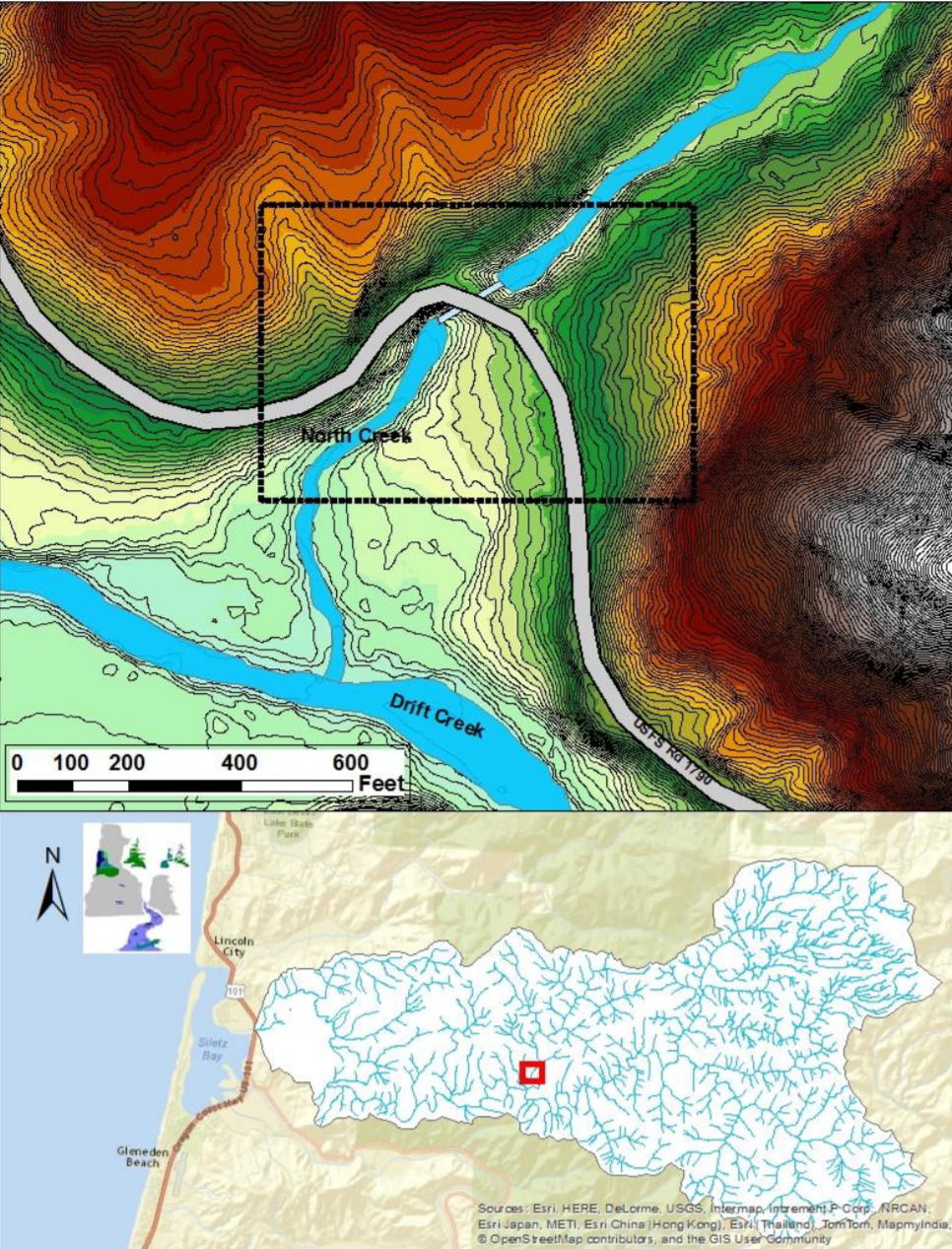Prime salmon habitat reconnected
In 2019, a large culvert was put in place on North Creek, a tributary to Drift Creek in the Siletz River Basin, that allows salmon, steelhead, coastal cutthroat, lamprey, freshwater mussels, and other organisms to freely access sixteen miles of stream and wetland habitat for the first time in 62 years.
Contractors removed the old, severely undersized culvert and installed an appropriately sized, open-bottomed structure that doesn’t create a barrier to fish and other animals or to the downward transport of gravel or large wood which improves salmon spawning grounds downstream. The culvert replacement also allows for safe transport to and from popular forest recreation areas and Drift Creek Camp
Other collaborators assisted with funding, including the USFS, the U.S. Fish and Wildlife Service’s Fish Passage Program, Oregon Watershed Enhancement Board, Oregon Department of Transportation-Oregon Department of Fish and Wildlife Fish Passage Program, Trout Unlimited, National Fish and Wildlife Foundation, as well as a crowdfunding campaign organized by the Native Fish Society.
Before (1980s)
After (2020)
The follow up
Students in Oregon Coast Community College’s Freshwater Habitats course are assisting in the data collection to determine how the new culvert is affecting the physical aspects of the stream and identify how organisms like salmon and aquatic insects respond to the newly opened channel. Volunteers with Trout Unlimited will continue eDNA sampling at 13 locations in the North Creek Watershed for two more years to determine the presence of difficult-to-survey target species such as lamprey and freshwater mussels. The efforts of these community partners will be complemented by stream temperature monitoring for three years by the USFS and the Environmental Protection Agency. The data resulting from monitoring work is expected to serve as an example for future large-scale aquatic organism passage projects.
OCCC students looking at samples in lab
OCCC students analyzing stream channel
Substrate change surveys
To learn more about this project, check out its coverage in the local news:
For even more nitty, sometimes gritty, details of what occurred throughout the nearly $1 million project’s timeline, click on the buttons below for bi-monthly breakdowns written by project partners as the work was happening:









